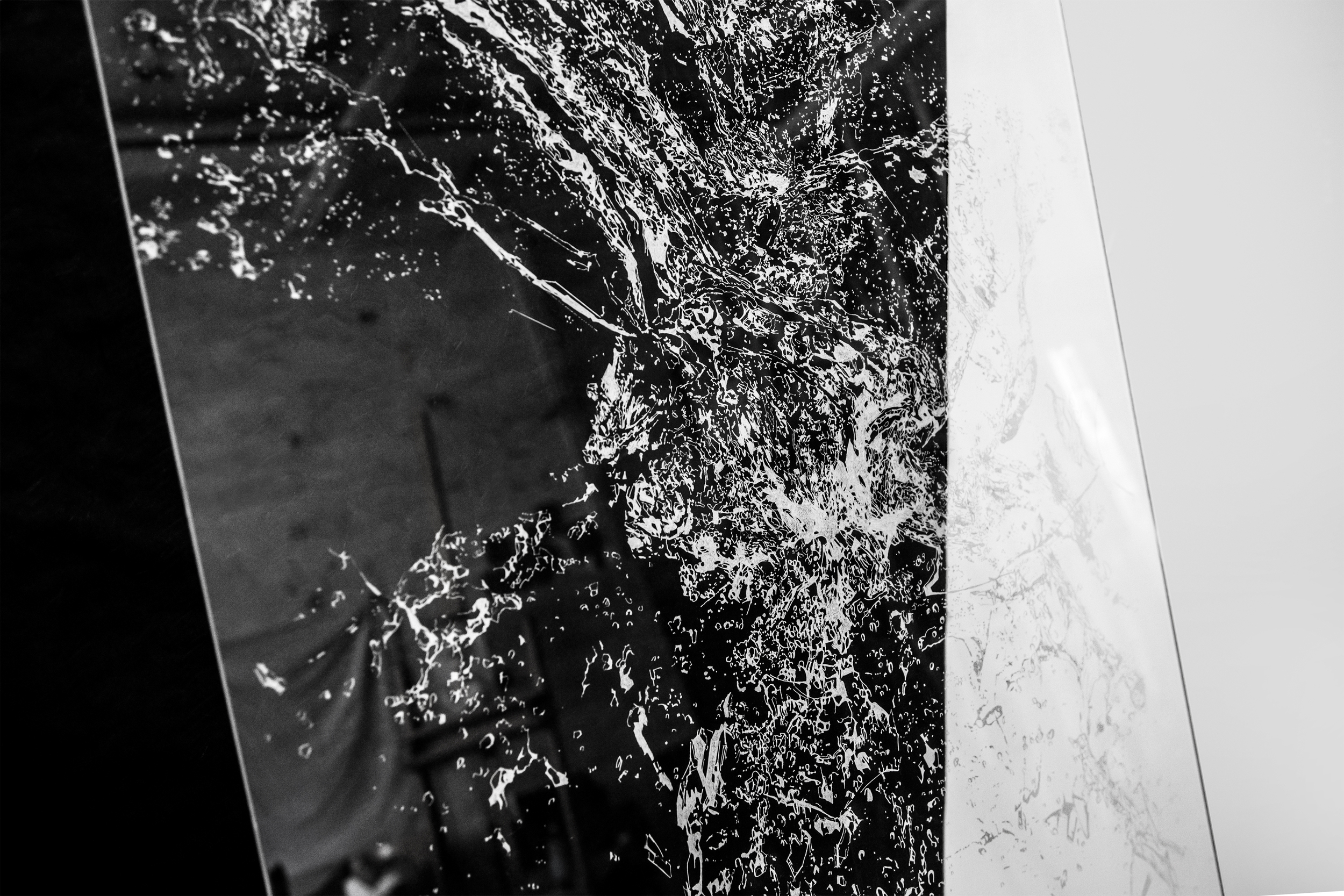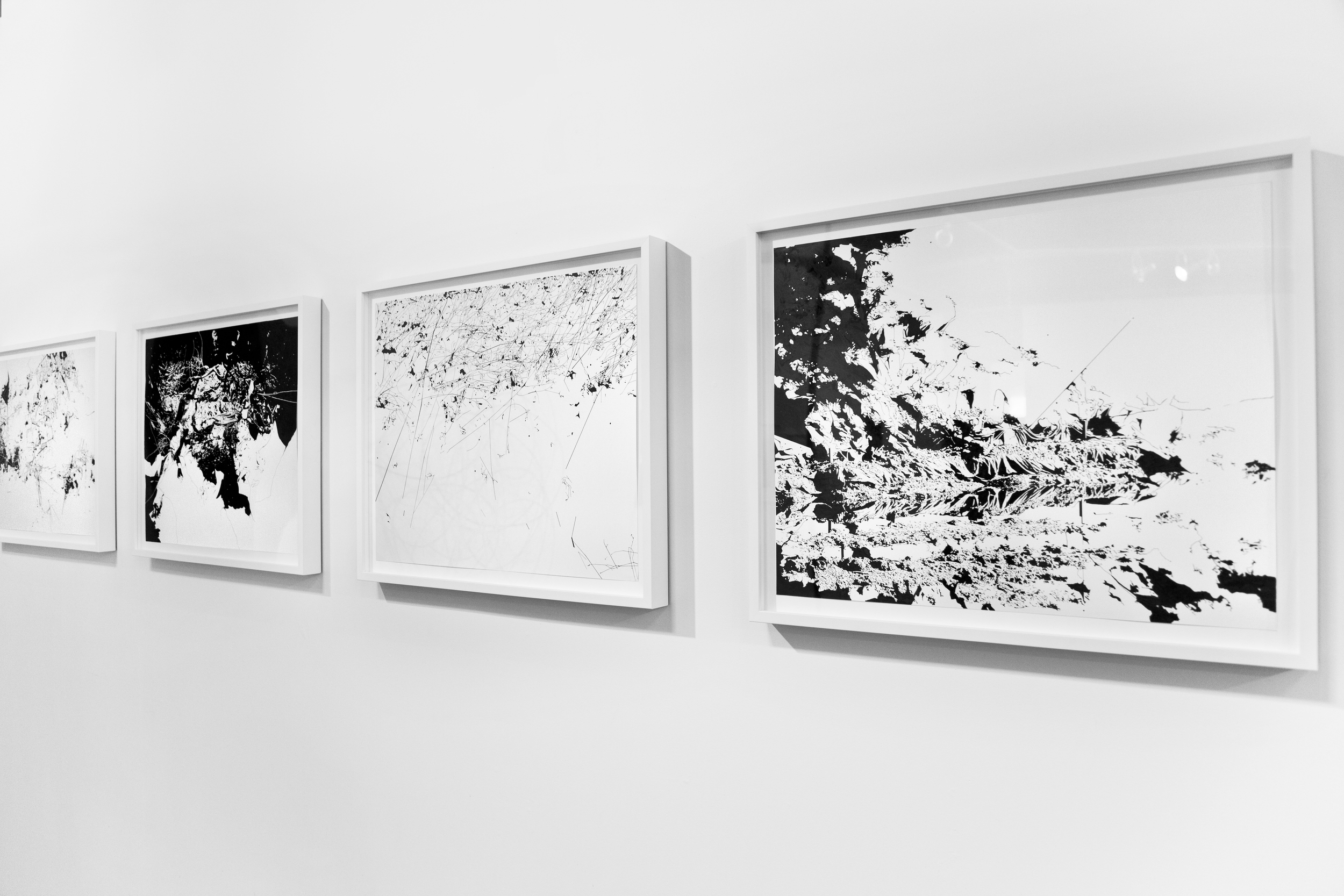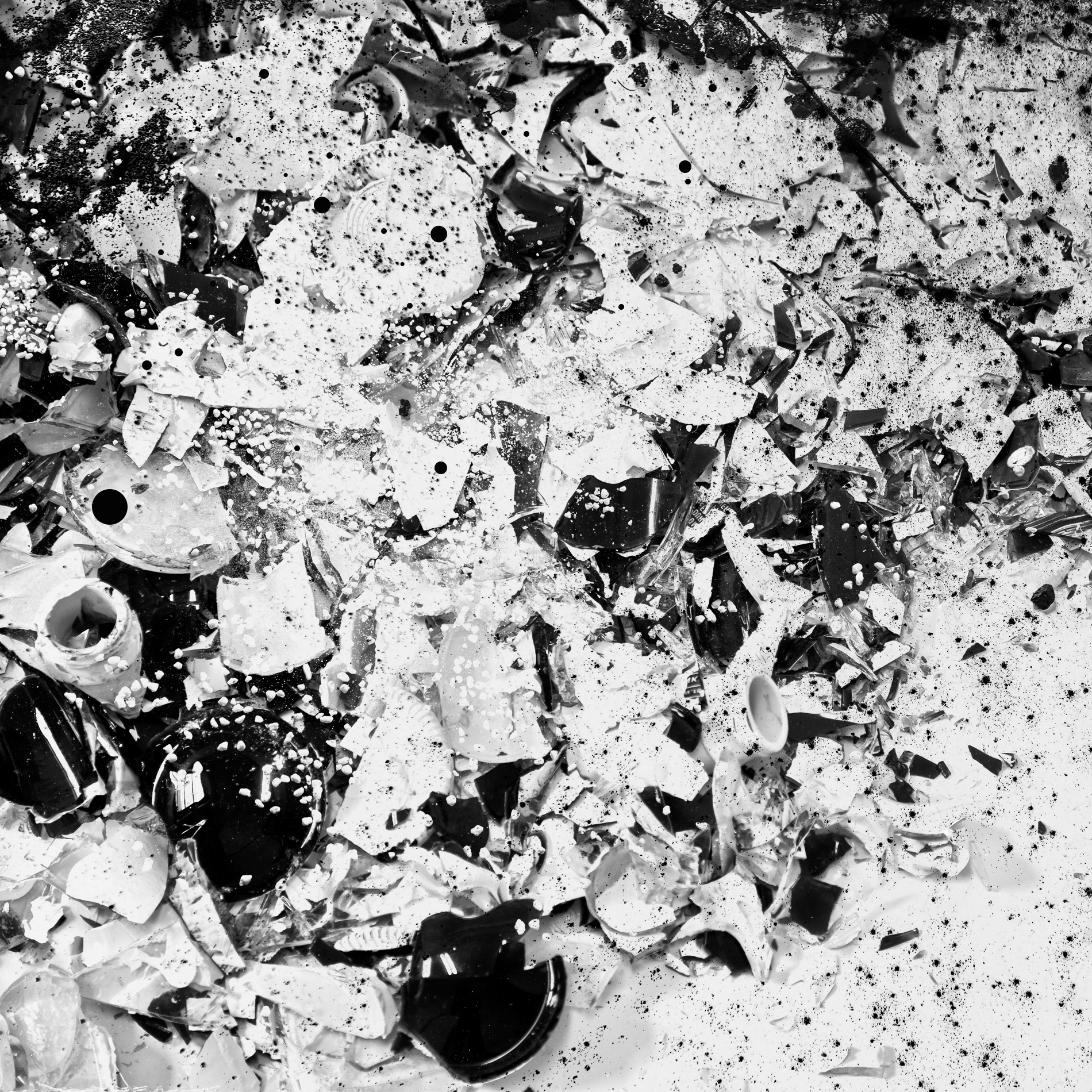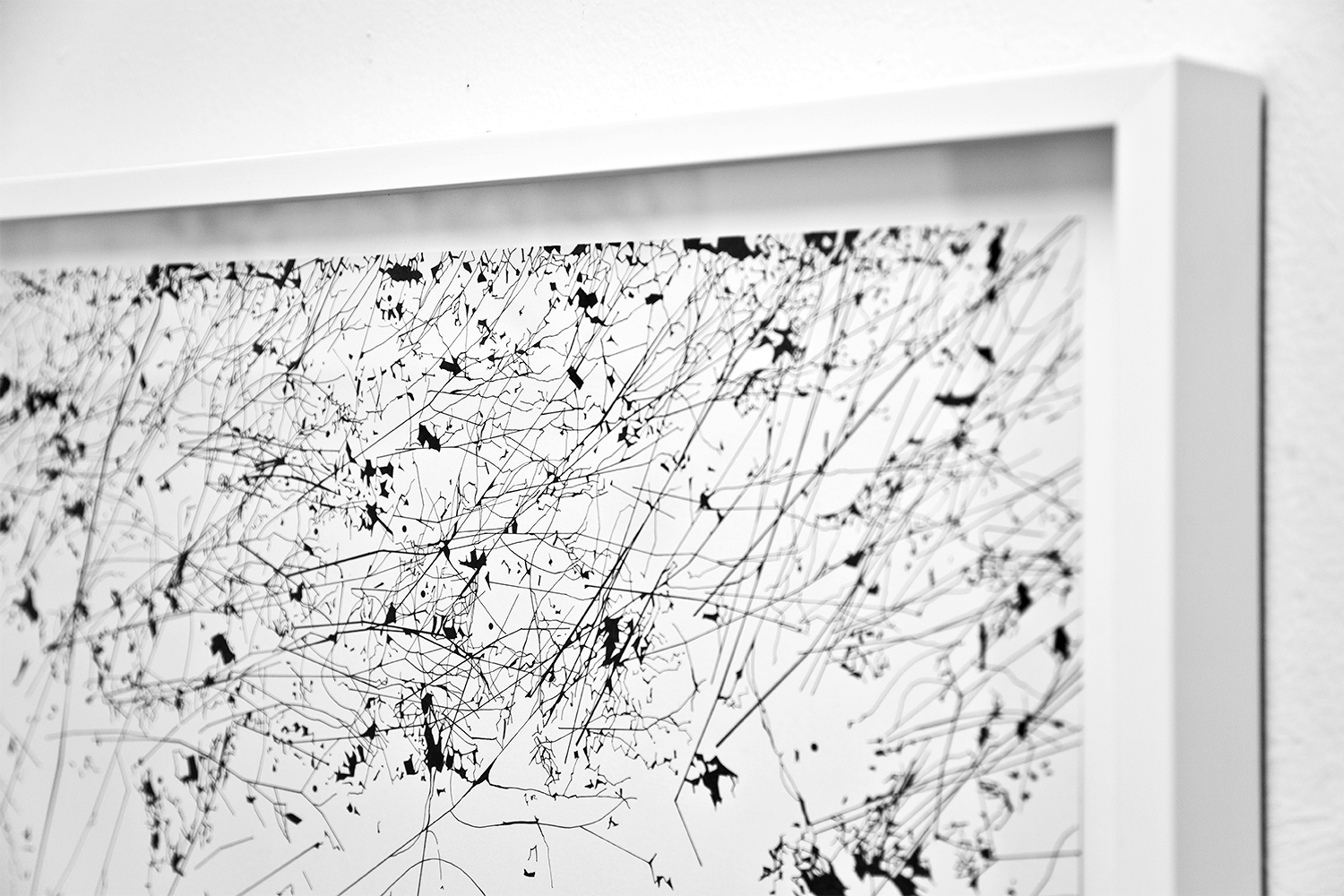


An Evolutionary Timeline of the Earth: This work tells the story of time, Earth’s evolution, and dust. It’s a story of origins, a search for the interconnectedness of all things that are here now, and a way to envision how it all happened: how the planet went from nothing to something, how the rocks and dust of that something turned into living organisms, and us. It’s about marking time– about following the smallest specks of rock and wisps of dust in the sky– to trace them, and find some sense in their passage.
This drawing follows a geological time scale that depicts the expanses of time from the beginning of the Earth to the present. From Earth’s formation around 4.54 billion years ago (by accretion from the solar nebula), when much of the Earth was molten, to the giant impact collision with a planet-sized body named Theia that is thought to have formed the Moon, to its subsequent eras of evolution: The Hadean eon that represents the time before a reliable (fossil) record of life; it began with the formation of the planet and ended 4.0 billion years ago. The following Archean and Proterozoic eons produced the beginnings of life on Earth and its earliest evolution. The succeeding eon is the Phanerozoic, divided into three eras: the Palaeozoic, an era of arthropods, fishes, and the first life on land; the Mesozoic, which spanned the rise, reign, and climactic extinction of the non-avian dinosaurs; and the Cenozoic, which saw the rise of mammals. Recognizable humans emerged at most 2 million years ago–a vanishingly small period on the geological scale.
Here, I’m interested in the paradoxes of time: how it is perceived as a vast expanse, but also as a blink-of-the-eye; about the precision, entropy, and disorder that comes along with it, but also of the harmonies that emerge when chaos and order are juxtaposed into one ultra-condensed image of our distant past.



Archival giclee print on paper

Engraved drawing on glass










